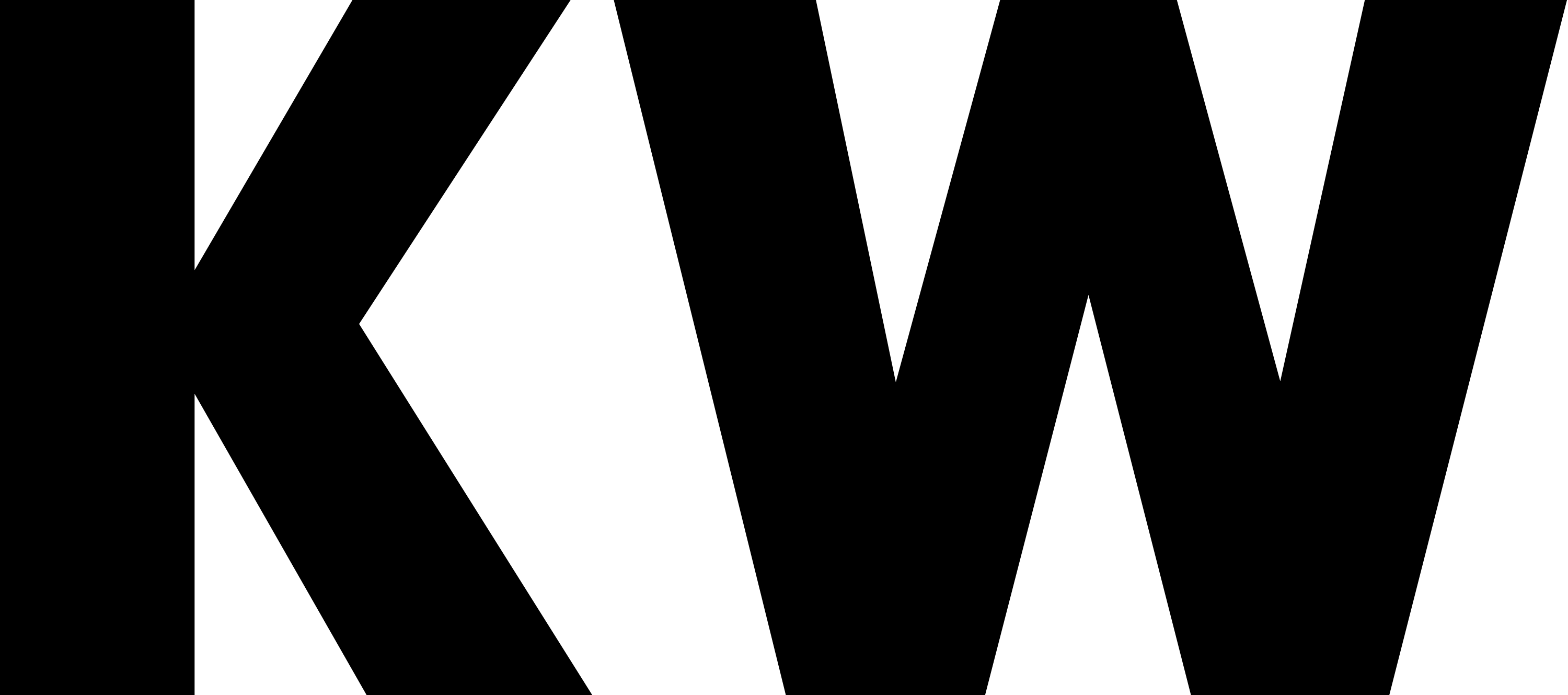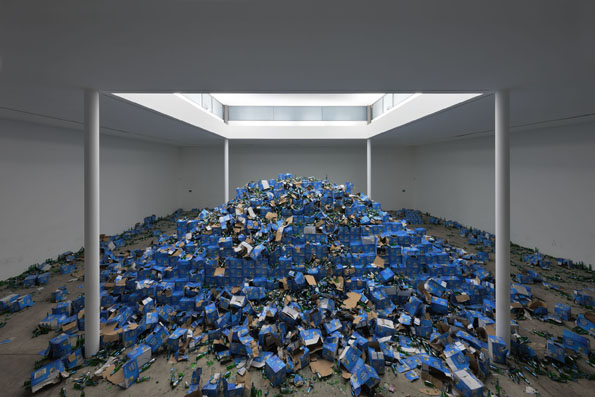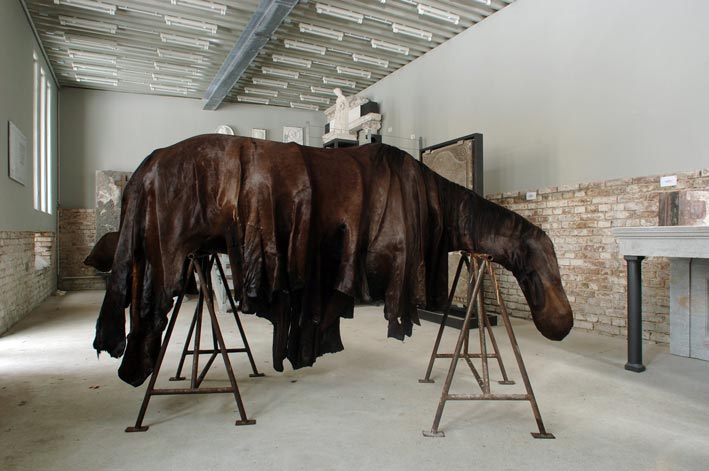30 Years of KW
KUNST-WERKE BERLIN e. V., the support association of the KW Institute for Contemporary Art and the Berlin Biennale for Contemporary Art, turns 30.
To mark its anniversary, KW invites artists to revisit the institution’s seminal role in the production and dissemination of contemporary art with a year-long program of exhibitions and special commissions, an art auction, an elaborate publication, and a celebratory weekend in its courtyard and neighborhood.
On this dedicated page, you can dive into the anniversary of KW.
Kunst-Werke Berlin before the renovation, Berlin 1991; Photo: Uwe Walter
Program
For its 30th anniversary, KW will unveil a series of new commissions from January 15 onwards. Complementing this program, a major two-part art auction will take place in June and December 2021. The annual program’s key event will be a weekend-long celebration on September 18–19, 2021, featuring an extensive program of events, performances, and the launch of the first publication retracing KW’s history.
In the interest of everyone’s safety, we kindly ask you to inform yourselves about the current COVID-19 hygiene measures and precautions when visiting our exhibitions and events.
Jimmy Robert, Joie noire, Performance with Courtney Henry at KW Institute for Contemporary Art, 2019, Berlin; Courtesy the artist; Photo: Frank Sperling
Commissions
Alongside its exhibition program, KW Institute for Contemporary Art is continuously pushing beyond the confines of the physical building through its commission program. Throughout the years, these commissions have taken on numerous formats. These commissions are produced in order to present a different temporality and dedication to art production, in which the environment and architecture of both institutions—KW and the Berlin Biennale for Contemporary Art—is challenged.
For its 30th anniversary, KW has commissioned works by artists Susan Philipsz, Katharina Sieverding, as well as by Sissel Tolaas, all mirroring aspects of the history of KW.
Katharina Sieverding, Deutschland wird deutscher, 1993, as part of the exhibition Katharina Sieverding. Deutschland wird deutscher by Kunst-Werke Berlin, 1993; Courtesy the artist and VG Bild-Kunst, Bonn; Photo: Jens Ziehe
Exhibition Archive
Reflecting its pivotal role in the production, display, and dissemination of contemporary art, KW will in the course of 2021 look back on three decades of exhibitions and events, which established it as a pioneering space for progressive practices within the Berlin and international art scenes, and significantly contributed to the development of Berlin as an international center for contemporary art.
Here you can browse through KW’s exhibition archive.
Cyprien Gaillard, The Recovery of Discovery, 2011, Installation view at KW Institute for Contemporary Art, Berlin 2011; Photo: Uwe Walter
30 Years in Images
In its thirty years, KW has considerably shaped the development of contemporary art by critically examining current tendencies and discourses within society. Through its avant-garde program of exhibitions, commissions, and multidisciplinary events, which feature distinctive collaborations with artists and institutions, KW has aligned itself with, and innovatively steered, national and international art and cultural discourses—and it continues to do so today.
Berlinde De Bruyckere, lichaam (corpse), 2006; Installation view of the 4th Berlin Biennale at Old Garrison Cemetery, Berlin 2006; Courtesy Berlinde De Bruyckere; Galleria Continua, San Gimignano / Beijing; Hauser & Wirth, Zurich / London; Photo: Uwe Walter
Publication
For the anniversary year 2021, the first publication retracing the history of KUNST-WERKE BERLIN e. V. will be published. Previously inaccessible material as well as the memories of contemporary witnesses will be included in the publication. From today’s perspective, it is explored what role the KW has played and continues to play in the local and international cultural landscape from their beginnings in post-reunification Berlin until today.
The publication KW, a history, edited by Klaus Biesenbach, Jenny Dirksen, Krist Gruijthuijsen and Gabriele Horn and published by DISTANZ, was made possible as part of the anniversary program of Kunst-Werke e. V. by the support of Volkswagen AG, Ólafur Elíasson, Julia Stoschek, Marina Kellen French Foundation, wissensART, and KW Freunde.
Auction
As part of the anniversary program the supporting association of KW and the Berlin Biennale is organizing a two-part auction in cooperation with the auction house Grisebach. Over 60 selected works by artists who have significantly influenced the history of KW and of the Berlin Biennale over the past three decades will be featured in the auction in June and December. These works of art reflect the unique exhibitions these institutions mounted over the same period. The proceeds will be used to support the artists as well as future projects of KW and the Berlin Biennale.
Philippe Van Snick, Dag/Nacht, 1984–ongoing, Installation view entrance gate, KW Institute for Contemporary Art; Courtesy Tatjana Pieters; Photo: Frank Sperling
Berlin Biennale
The Berlin Biennale for Contemporary Art was founded in 1996 through a private initiative. Since the 1st Berlin Biennale, which was curated by Klaus Biesenbach as artistic director together with Nancy Spector and Hans Ulrich Obrist in 1998, the Berlin Biennale has been taking place every two years on the premises of KW Institute for Contemporary Art as well as at several locations in the city of Berlin.
Have a look at the archive of the Berlin Biennale here.
Team of the 1st Berlin Biennale for Contemporary Art (from left to right): Klaus Biesenbach, Ulrike Kremeier, Hans Ulrich Obrist, Nancy Spector, Douglas Gordon, Miriam Wiesel, Jens Hoffmann, Daniel Haaksman; Photo: Jens Ziehe








